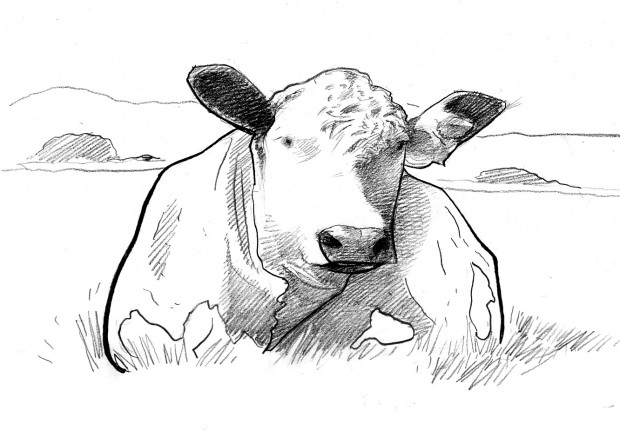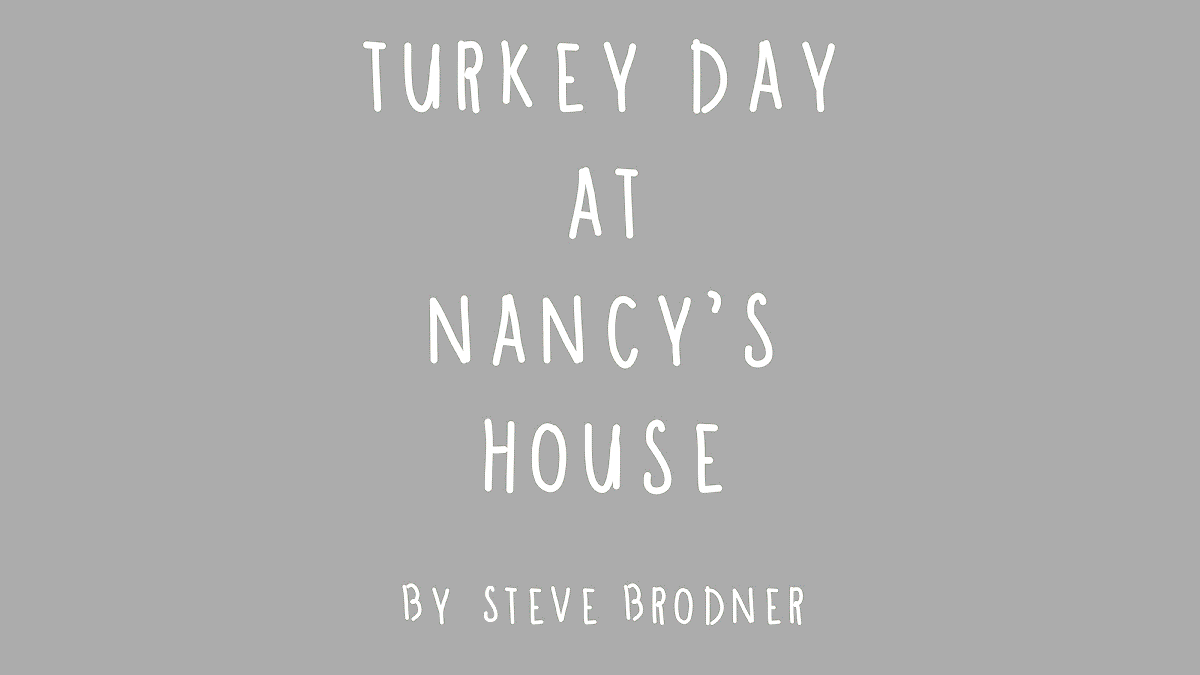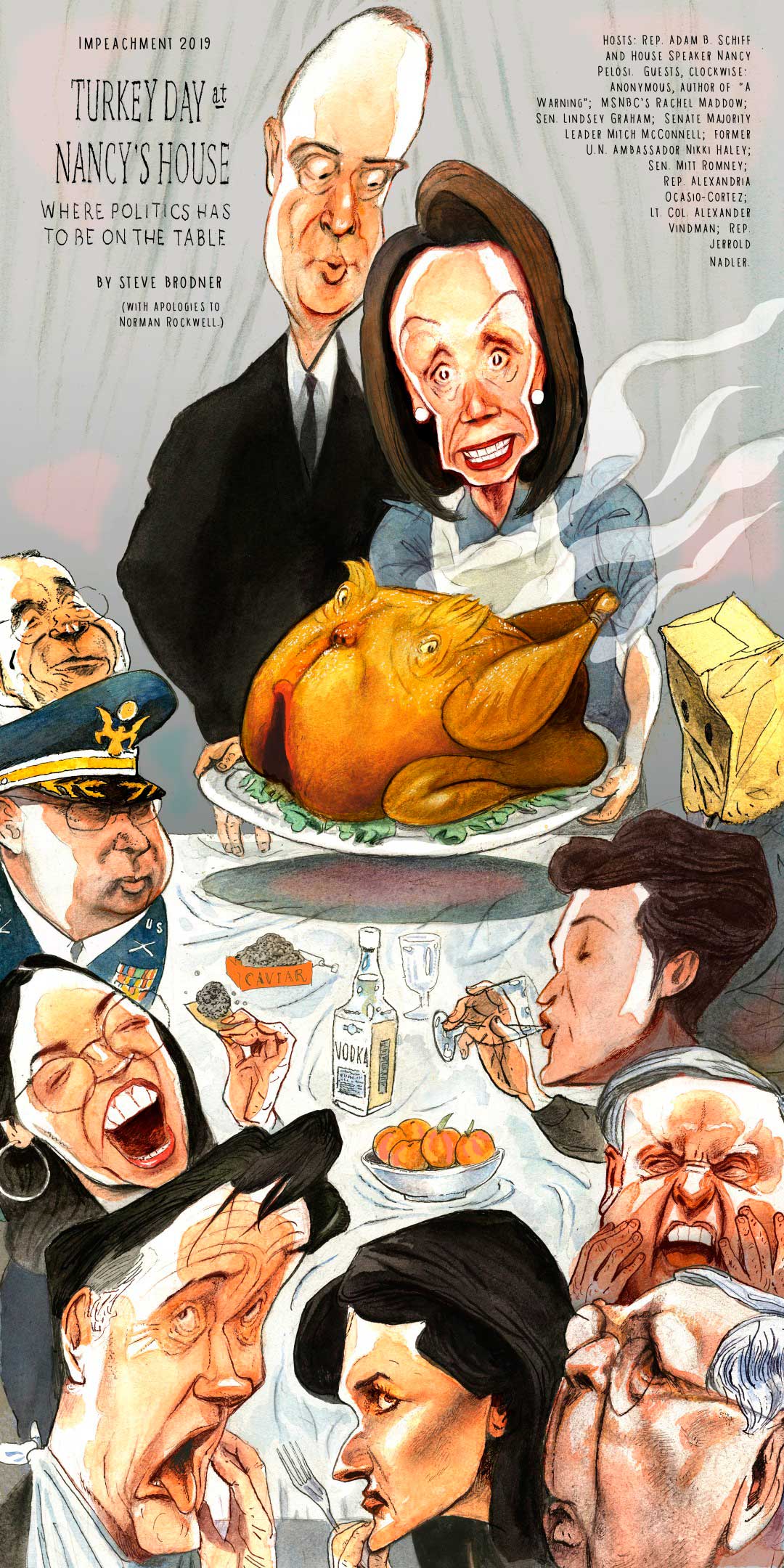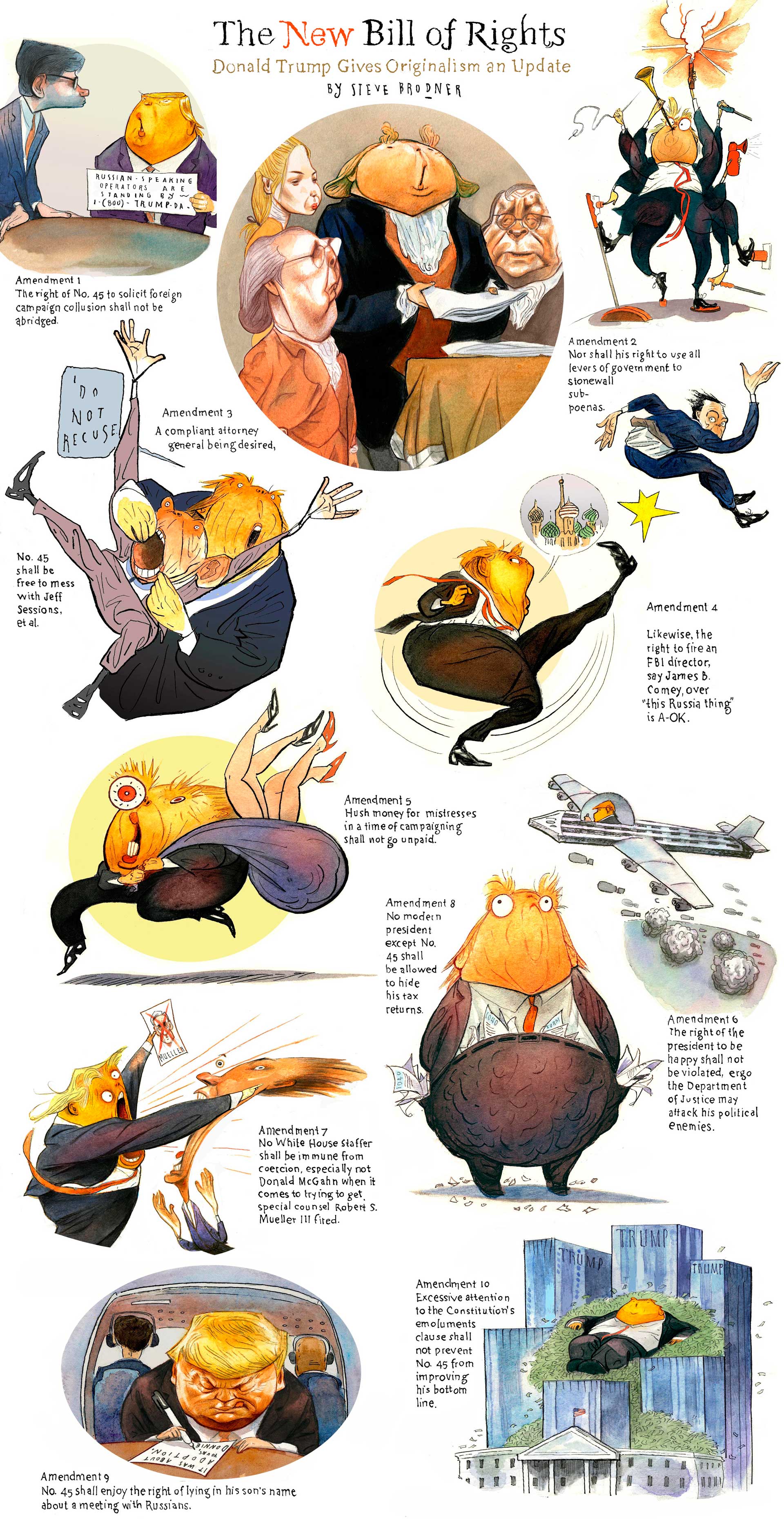This Independence Day we can celebrate a revolution in our thinking about food. The happy beef cow above is a vision of the way things could be. In last Sunday’s Washington Post piece on what agribusiness has turned into (and what it is turning US into), Traci McMillan, to paraphrase, submits facts to a candid world. This is the story of your hamburger.
Some points from the piece.
*Every American-raised burger (or steak) comes from cattle on one of about 742,000 ranches across the country. Yet 85 percent of them will be slaughtered by one of just four companies.
*This concentration is a problem for animals, whose chances of a humane slaughter diminish substantially as they crowd into increasingly mammoth facilities, and it is a problem for workers, who are forced to pick up the pace. It is risky for human health, since centralized processing makes it easy for meat contamination to spread far and wide.
*This is also bad for small farmers who cannot sometimes get their cattle to slaughter on time. Many of the these smaller operations are shutting down.
*Concentration is also bad for shoppers. The retail price of beef has been inching up since the 1990s, but “the inflation-adjusted price farmers receive has been going down,” says Robert Taylor, an Auburn University expert on the beef industry. “In a competitive market, [that] would translate into retail food prices going down . . . and that has not happened.”
*Wal-Mart has become a dominant baker of bread for buns. This cuts out small farmers and millers. Wal-Mart will deal with another conglomerate on this and cut out competition but charging less all round. It also cuts out farmers.
*The tomatoes and lettuce are picked by migrants, immigrants, who are paid about $13,000 a year and are exposed to highly toxic pesticides. Many give birth to children with severe birth defects.
Tomorrow get organic, non-factory-raised beef, local vegetables and buns from a local bakery. Or order in pizza.




